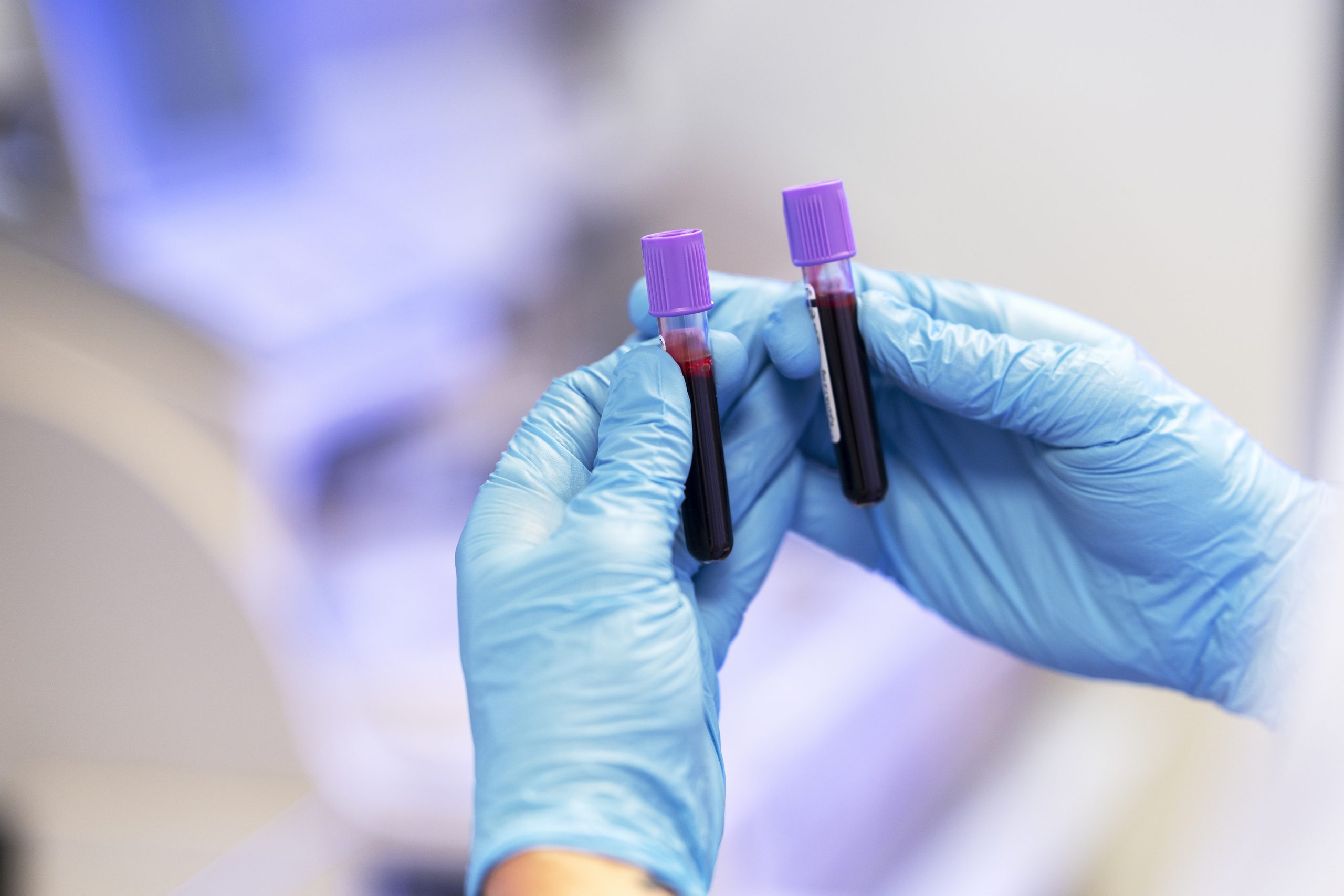

A team lead by Xianghong Jasmine Zhou, Ph.D., professor of Pathology and Laboratory Medicine at UCLA’s David Geffen School of Medicine, has made significant progress in addressing one of the primary obstacles in cell-free DNA (cfDNA) testing, popularly known as liquid biopsy.
They discovered particular methylation patterns that are unique to each tissue, which could aid in identifying the precise tissue or organ involved with liquid biopsy abnormalities detected by testing, a major challenge for accurate illness diagnosis and monitoring.
Cell-free DNA holds great promise for disease identification and monitoring. However, reliably measuring tissue-derived cfDNA with existing methodologies has proven difficult, as has establishing the tissue origin of liquid biopsy fragments found in these tests.
The scientists created a complete and high-resolution methylation atlas based on a massive dataset of 521 noncancerous tissue samples covering 29 different types of human tissues in a new study published in Proceedings of the National Academy of Sciences.
They call their method cfSort, and it successfully identified particular methylation patterns unique to each tissue at the fragment level, which they validated with additional datasets.
Further, the researchers demonstrated the therapeutic applicability of cfSort by demonstrating two potential uses: assisting in disease diagnosis and monitoring medication adverse effects. They were able to examine and predict clinical outcomes in patients by measuring the tissue-derived cfDNA fraction with cfSort.
“We have shown that the cfSort outperformed the existing methods in terms of accuracy and detection limit: making more accurate tissue fraction estimation and distinguishing a lower level of tissue-derived cfDNA,” said first author Shuo Li.
“In addition, the cfSort demonstrated nearly perfect robustness toward the unseen local fluctuations of tissue compositions, indicating its wide applicability to diverse individuals.”
more recommended stories
 Gestational Diabetes Risk Identified by Blood Metabolites
Gestational Diabetes Risk Identified by Blood MetabolitesKey Takeaways (Quick Summary for Clinicians).
 Phage Therapy Study Reveals RNA-Based Infection Control
Phage Therapy Study Reveals RNA-Based Infection ControlKey Takeaways (Quick Summary) Researchers uncovered.
 Pelvic Floor Disorders: Treatable Yet Often Ignored
Pelvic Floor Disorders: Treatable Yet Often IgnoredKey Takeaways (Quick Summary) Pelvic floor.
 Urine-Based microRNA Aging Clock Predicts Biological Age
Urine-Based microRNA Aging Clock Predicts Biological AgeKey Takeaways (Quick Summary) Researchers developed.
 Circadian Control of Neutrophils in Myocardial Infarction
Circadian Control of Neutrophils in Myocardial InfarctionKey Takeaways for HCPs Neutrophil activity.
 E-Cigarette Use and Heart Attack Risk in Former Smokers
E-Cigarette Use and Heart Attack Risk in Former SmokersKey Takeaways for Clinicians and Nurses.
 36-Week Pre-eclampsia Screening May Reduce Term Risk
36-Week Pre-eclampsia Screening May Reduce Term RiskA New Preventive Strategy for Term.
 Cardiovascular Risk and Sudden Cardiac Death in Diabetes
Cardiovascular Risk and Sudden Cardiac Death in DiabetesRising Sudden Cardiac Death (SCD) Risk.
 Poor Kidney Function and Alzheimer’s Biomarkers Explained
Poor Kidney Function and Alzheimer’s Biomarkers ExplainedPoor kidney function may influence levels.
 Walking Speed Before Hip Replacement Predicts Recovery
Walking Speed Before Hip Replacement Predicts RecoveryNew Evidence Points to a Simple,.

Leave a Comment